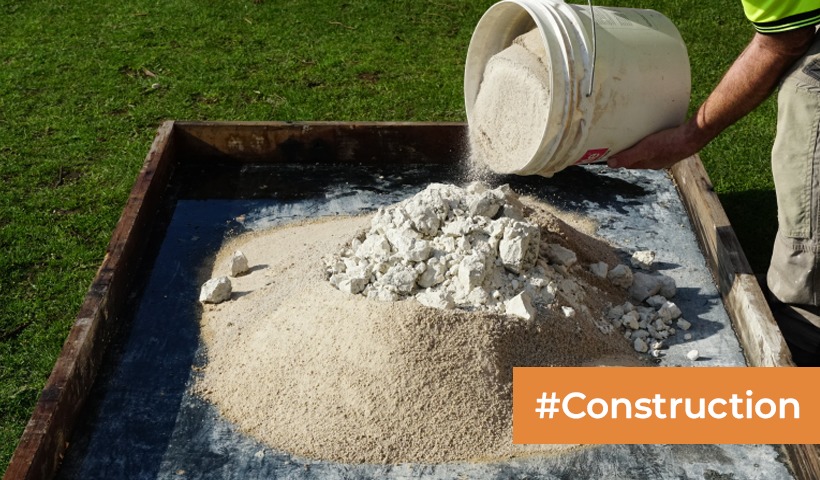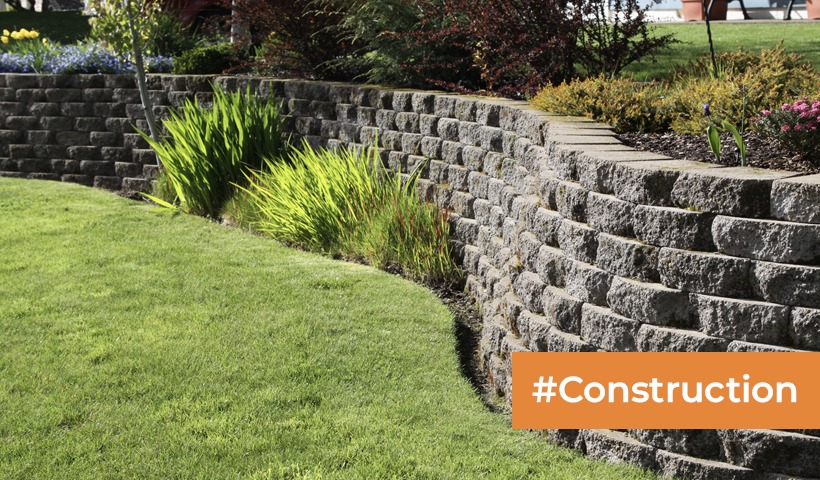Concrete Drilling 101: The Ultimate DIY Guide!
Concrete is renowned for its durability, making it a common material in construction and DIY projects. Whether you’re mounting shelves, installing anchors, or creating holes for plumbing and electrical work, knowing how to drill into concrete is a valuable skill. This comprehensive guide will walk you through the steps and techniques for drilling into concrete safely and effectively.
Materials and Tools You’ll Need:
Before you begin, gather the necessary materials and tools:
Materials:
- Concrete surface: Ensure it’s clean and free of debris.
- Concrete anchors or fasteners: For securing objects to the concrete, if necessary.
Tools:
- Safety gear: Including safety glasses, hearing protection, a dust mask, and work gloves.
- Corded or cordless hammer drill: The hammer function is essential for drilling into concrete.
- Masonry drill bits: Designed specifically for drilling into concrete and masonry surfaces.
- Masking tape or painter’s tape: For marking the drilling location.
- Vacuum cleaner or shop vac: To clean up dust and debris as you work.
- Level and measuring tape: For accurate positioning and measurements.
Step-by-Step Guide to Drilling into Concrete:
Step 1: Safety First
- Safety Gear: Put on safety glasses, hearing protection, a dust mask, and work gloves to protect yourself from dust and debris.
Step 2: Select the Right Drill Bit
- Choose the Correct Size: Select a masonry drill bit that matches the size of the hole you need. The bit size should correspond to the size of the anchor or fastener you plan to use.
Step 3: Mark the Drilling Location
- Use Masking Tape: Place masking tape or painter’s tape on the concrete surface to mark the exact location where you want to drill. This helps prevent the drill bit from wandering during the initial stages of drilling.
Step 4: Set Up Your Drill
- Insert the Drill Bit: Insert the masonry drill bit into the chuck of your hammer drill and ensure it’s securely tightened.
Step 5: Choose the Right Depth
- Determine the Depth: Measure the length of the anchor or fastener you plan to use. Wrap a piece of masking tape around the drill bit at the same distance to serve as a depth guide. This helps you drill to the correct depth.
Step 6: Start Drilling
- Position the Drill: Hold the drill with both hands, aligning it with the marked drilling location. Keep the drill level and perpendicular to the surface.
- Apply Steady Pressure: Activate the hammer function on your drill if available. Apply steady and firm pressure while slowly drilling into the concrete. Let the drill do the work; avoid forcing it.
- Clear Dust: Periodically pull the drill bit out of the hole to clear dust and debris. You can use a vacuum cleaner or shop vac for this purpose.
Step 7: Check Depth
- Refer to the Depth Guide: As you drill, refer to the depth guide on the masking tape to ensure you reach the desired depth.
Step 8: Insert Anchors or Fasteners
- Clean the Hole: After drilling, remove any remaining dust and debris from the hole using the vacuum cleaner or shop vac.
- Insert Anchors or Fasteners: If you’re securing an object to the concrete, insert the appropriate anchors or fasteners into the hole. Follow the manufacturer’s instructions for installation.
Step 9: Test Your Fixture
- Secure the Fixture: Attach the object or fixture to the concrete using the anchors or fasteners you’ve inserted.
- Test the Fixture: Apply gentle pressure to ensure the fixture is securely in place.
Drilling into concrete may seem daunting, but with the right tools and techniques, it can be a manageable DIY task. By following these steps and taking safety precautions, you can confidently drill into concrete surfaces for various projects, from home improvements to professional construction work.
Disclaimer: The views expressed above are for informational purposes only based on industry reports and related news stories. PropertyPistol does not guarantee the accuracy, completeness, or reliability of the information and shall not be held responsible for any action taken based on the published information.




